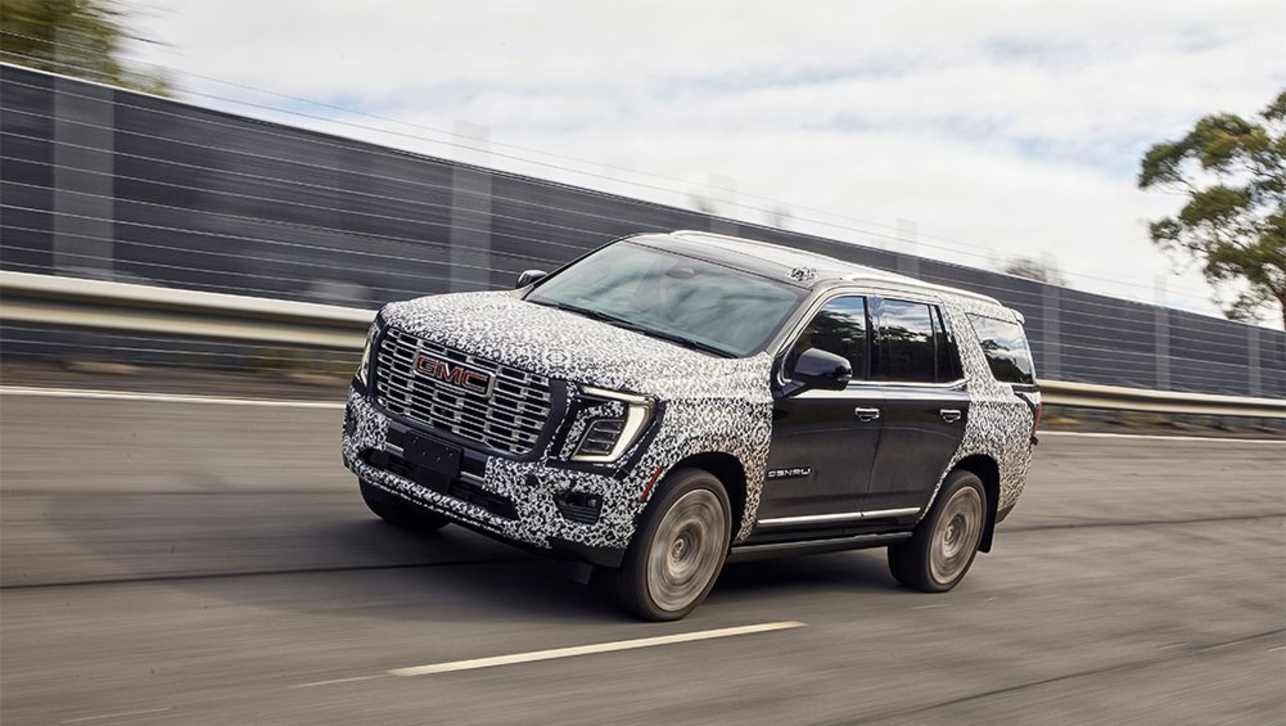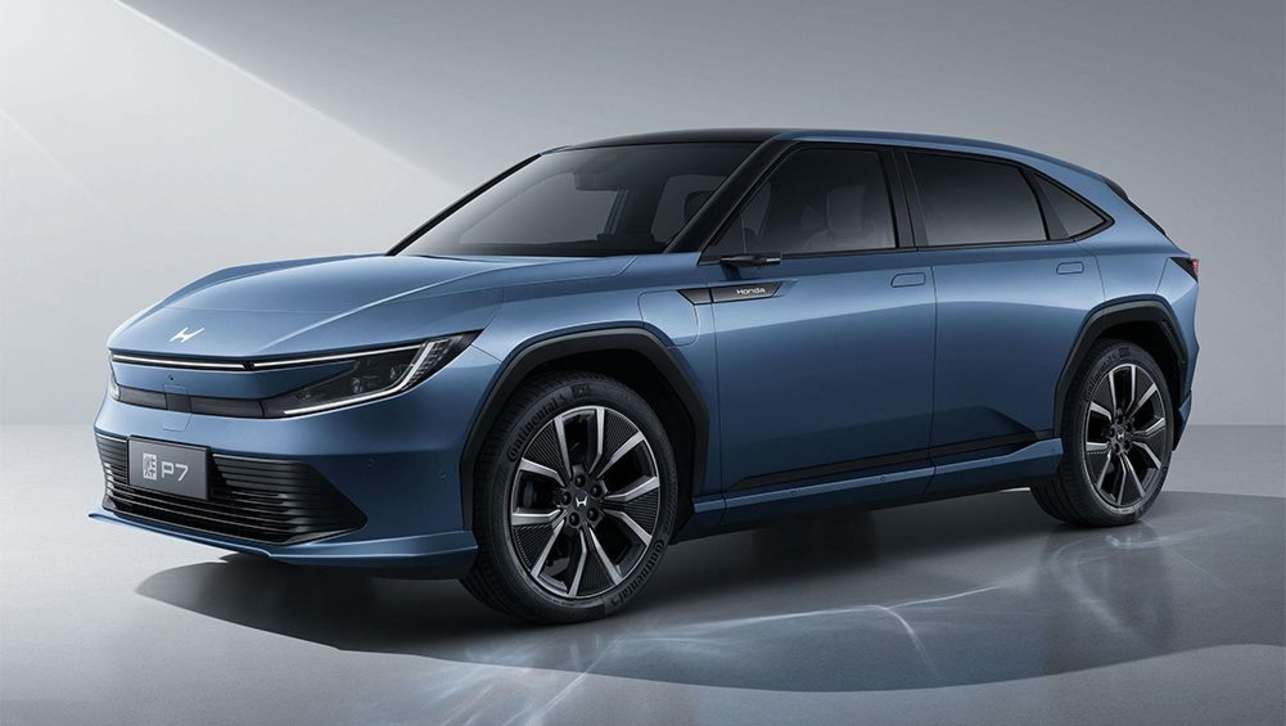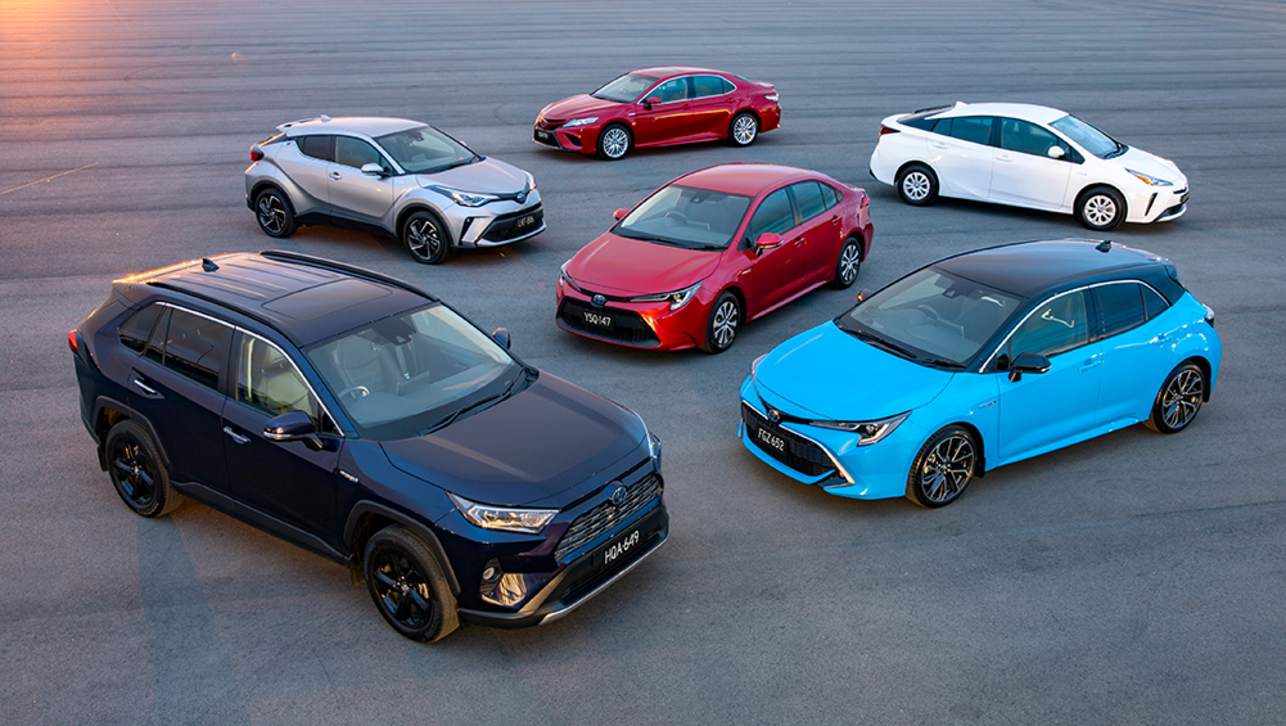How far will the new Toyota LandCruiser 300 Series go between service stations? We’ve done the maths for you.
For Australian off-roaders, fuel range is one of the absolute non-negotiables. Our European and USA-based friends probably wouldn’t understand it, but being able to cover 1000km without visiting a fuel pump is kind of the rule of thumb for serious outback touring.
Jerry-cans are one option to stretch this, but they’re inconvenient, messy and nowhere near as safe as having a properly engineered long-range fuel tank or tanks.
Toyota learned this early on when the FJ55 version of its station-wagon off-roader carried just 90 litres of petrol (no diesel option in Australia) and combined that with a frightening average highway consumption of something like 18L/100km, giving it just 500km range in easy going.
The 60 Series of 1980 was no better, really, with the same 90-litre tank and an even bigger six-cylinder petrol engine, although at least there was now a diesel option, but that 1000km range was still fairytale stuff.
It wasn’t until the 80 Series LandCruiser of 1990 when the big wagon finally got the fuel capacity it needed.
All but the most basic petrol-engined models of the 80 Series were fitted with a 95L main tank and a 50-litre sub-tank for a total of 145L.
While the petrol-powered versions of the 80 Series would have needed to be hyper-miled to cover 1000km on 145L, the diesel versions would, indeed, achieve that mark at steady highway cruising, despite highway fuel economy of somewhere close to 13L/100km.
And ever since then, the 1000km range has been a LandCruiser station-wagon reality, including the current 200 Series with its 138L fuel capacity (93L main tank and 43L sub-tank) and 9.5L/100km combined fuel-consumption number.
Of course, that fuel figure is the official test number and, as most owners have found the hard way, actually travelling 100km on 9.5L of diesel is a pretty major achievement (if not a pipe dream) and the real-world figure for most owners is closer to 11L/100km in highway running.
But even at 11L/100km, that still leaves the Cruiser with lots of potential to achieve the magic 1000.
So, where does that leave the forthcoming 300 Series?
With around 200kg less to haul, the smaller-capacity, more efficient 3.3-litre turbo-diesel in the new Toyota should use less fuel than the outgoing 200 Series.

But that’s just as well, because the new vehicle also carries less fuel to start with. With an 80L main tank and a 30L sub-tank, the 300 Series will be brimmed at the 110L mark.
Unless it can beat the 200 Series’ real-world highway consumption, that will put it just about right on the 1000km range mark.
So, the question becomes how fuel efficient will the new vehicle be?
The numbers, according to the official test, are promising. And certainly, the reduction in fuel capacity must be seen as some sort of confirmation by Toyota that the new Cruiser will be a more efficient beast in real-world conditions.
Toyota is claiming for the 300 Series an urban fuel figure of 11.3L/100km, a highway figure of 7.6l and a combined number of 8.9L.
Compared with the 200’s official combined number of 9.5L and it’s actual fuel use in the real world, that corresponding 8.9 for the 300 suggests the new vehicle will possibly (if not probably) use around 10L/100km at highway cruising speeds.
And even the most basic third-grade maths will tell you that the 1000km-range target has been achieved.

However, working with those same official numbers, the old 200 Series has more up its sleeve – a theoretical 1452km range at 9.5L/100km, compared with the 300’s on-paper 1236km at 8.9L).
In the real world?
It’s a crap-shoot, but it’s a fair bet that the better overall efficiency of the new V6 engine will trump the 200 Series for fuel economy pretty much everywhere.
That will probably also be the case even in the roughest off-road going, where the new engine’s greater torque and lower friction (through reduced capacity and better materials) will simply drag more out of every litre.
The new Cruiser’s 10-speed automatic transmission should help, too.
At higher speeds, the situation is less obvious.
Yes, the new LandCruiser is model-for-model about 200kg lighter than the 200 Series, but kerb mass has less of an affect on fuel economy at constant speeds than it does in town and off-road where it’s stopping and starting more often.
Highway fuel consumption has a lot to do with aerodynamics and while the 200 Series broke new ground with a drag coefficient of 0.36, no word on the 300’s equivalent number has been released yet.

But drag coefficient is only part of the aero formula and frontal area is the other piece of the puzzle.
At which point, the 300 doesn’t look much smarter (or, indeed, smaller) than the 200, with a big, bluff front end and a profile that is going to move a lot of air at speed.
And that’s before the vehicle has left the showroom: By the time some owners have added their basket-style roof racks, luggage pods, bull-bars and who knows what else, no two 300 Series Cruisers are likely to perform identically.



.jpg)
.jpg)
.jpg)
.jpg)

.jpg)
.jpg)



.jpg)





.jpg)
.jpg)

.jpg)
.jpg)
.jpg)
.jpg)




Comments